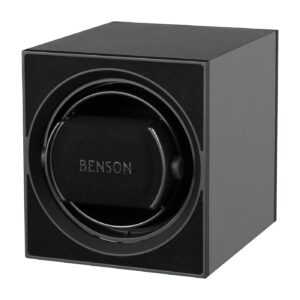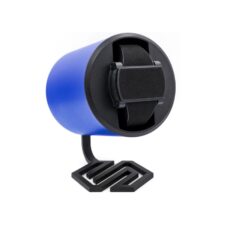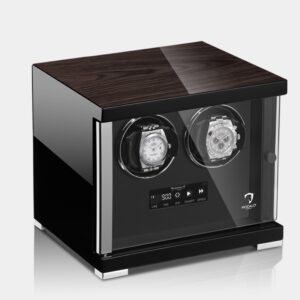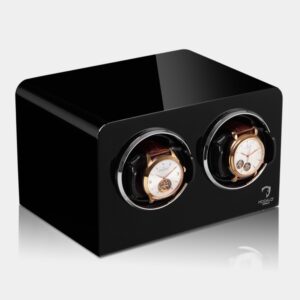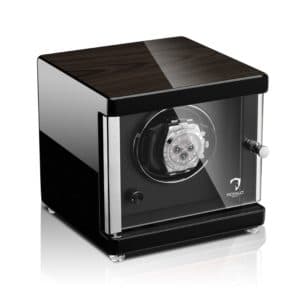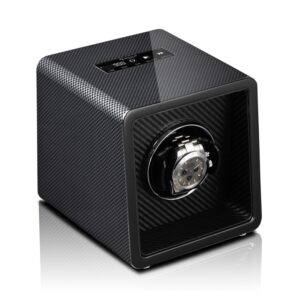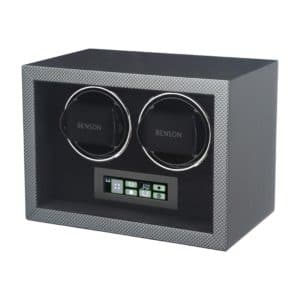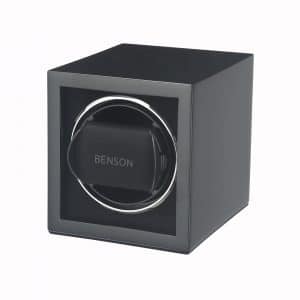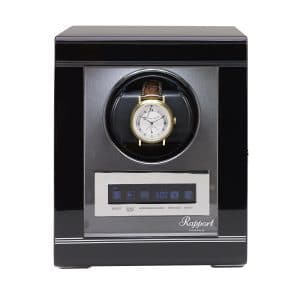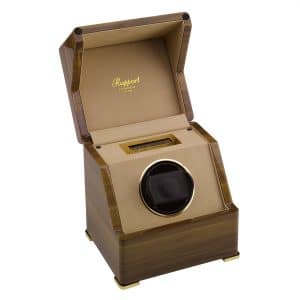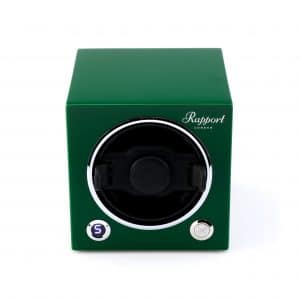What is an Automatic Watch and how does it work?
What is an Automatic Watch?
The majority of today’s watches rely on batteries to power quartz movements which offers an inexpensive and practical watch option. An automatic watch, also known as a self-winding watch is a very different proposition. Powered by a complex mechanical movement inside, kept wound by the movements of the wearer's wrist. Automatic watches are generally considered to be the pinnacle of watchmaking.
How does an automatic watch mechanism work?
An automatic watch movement, especially at the higher end of watch making is a true feat of precision engineering. Lying at the heart of the automatic movement is the mainspring, a coiled wire designed to store potential energy. Connected to the mainspring is a small rotor that rotates via the motion created as the wearer moves their wrist. Through a series of gears this kinetic energy applies tension to the mainspring creating a store of power. This tension exerts on the escapement mechanism, thus creating a regulated power source to drive the watch.
How do you wind an automatic watch?
The beauty of an automatic watch is that you don't really need to do anything other than wear it. The movement created during your day-to-day lifestyle will do the rest. The mechanical movement, which is a wonder to behold, is designed via a series of mechanical connections, to harness the movement of your wrist to store energy or power. This is released as and when the watch requires it, to remain wound and accurate.
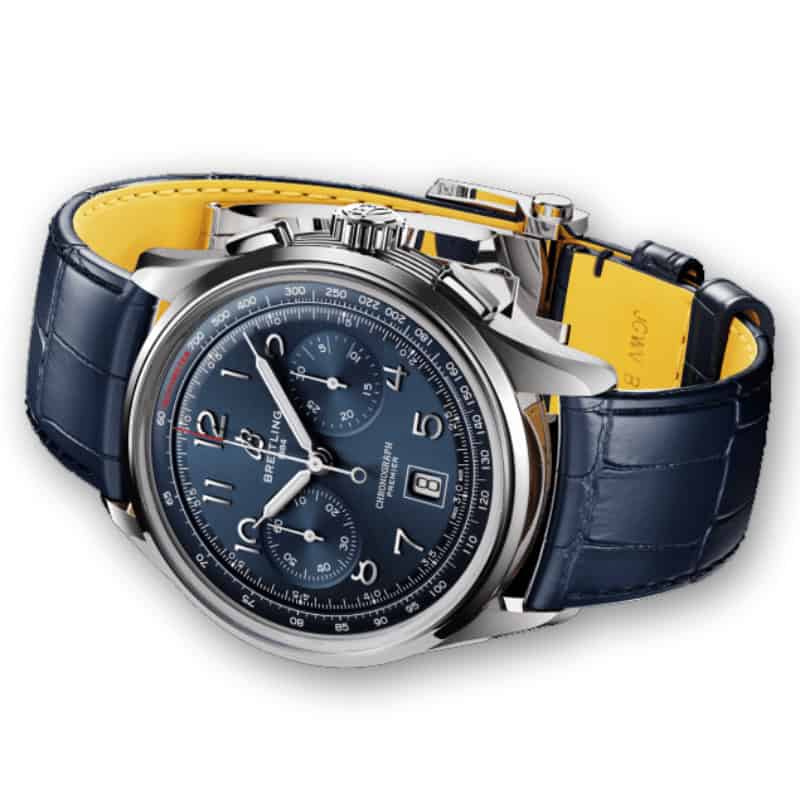
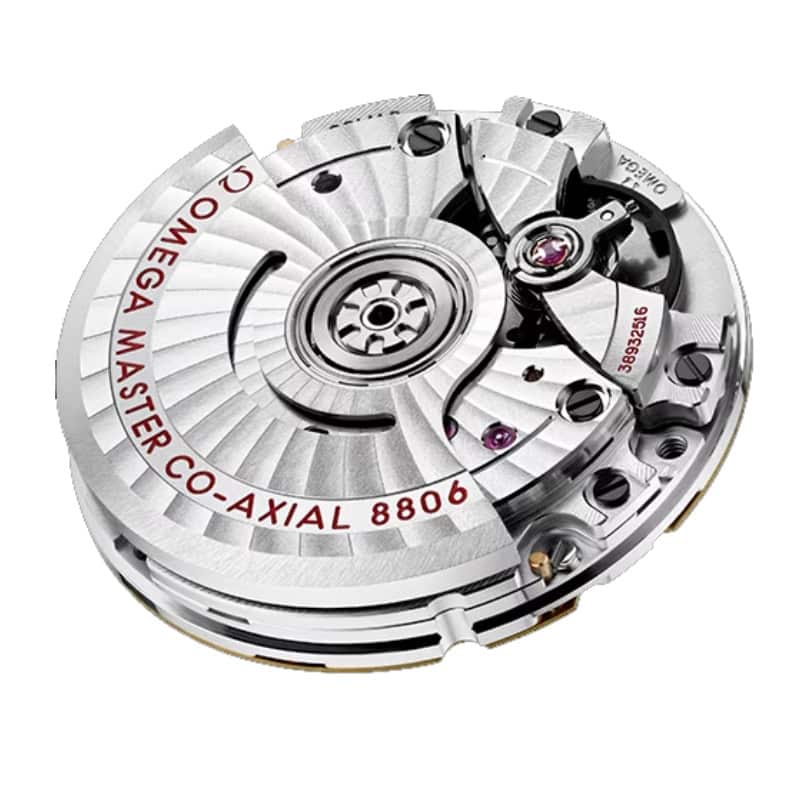

Why choose an automatic watch?
Typically, this type of watch sit at the more expensive end of the watch price spectrum. In many cases the manufacturer may offer the same watch with either a quartz or automatic movement with the latter being considerably more expensive. So why do buyers pay more for the self winding movement?
Quite simply automatics are considered to be the best in terms of precision, quality and craftsmanship. Many enthusiasts and watch collectors will aim to seek out the finest and most complicated movements as they have a huge appreciation for the complexity and craftsmanship that goes into producing such timepieces.
How do you care for an automatic watch?
Along with all things mechanical, autos do require a level of care and maintenance to keep functioning correctly. They will require maintenance by a specialist with most high-end watches returning to the factory for service. The time between services varies between brands and the specific movement but typically every 3 to 5 years on average. The service will lubricate all relevant parts and ensure free movement.
There is a strong argument to keep the movement running all the time. Consequently keeping the oil within the watch evenly spread, protecting the moving parts. You can use a watch winder to keep the watch fully wound during periods when not on the wrist. If you are interested, check out our range.
Finally, avoid extreme temperatures and shock and never expose your automatic watch to strong magnetic fields.

How long do automatic watches last?
Much of this depends on the quality of the movement and how it is cared for. If we assume a high quality Swiss movement from Rolex for example that has been well looked after and is regularly maintained it should last for many decades. As with all things mechanical, with the correct skills even the oldest of automatic movements well over 100 years old can be kept functional.
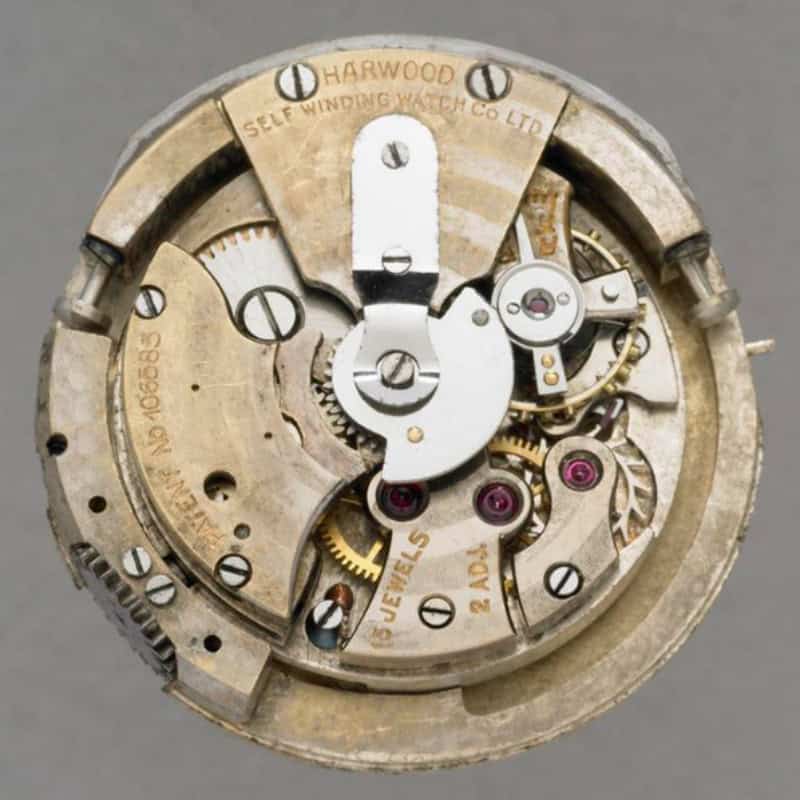
What happens if an automatic watch stops?
If your watch has stopped you need to understand why. Firstly, if you have not worn it for a few days, likely this will be the reason why. Secondly, simply wind the watch and wear it, this will resolve the issue. If it has stopped during wear or after a very short period of time of not being worn, this would suggest there is an issue with the movement and it should be sent to a service center for evaluation/repair.
How does altitude or deep-sea pressure impact the functioning of an automatic watch?
At higher altitudes the air pressure is lower which can affect the accuracy of automatic watch movement. In theory, reduced air pressure can make lubricants thinner which can lead to excessive wear.
The opposite is true when considering the increased pressure found in deep-sea environments. The pressure can increase most significantly at extreme depths causing both watch crystals and cases to fail.
Many examples of automatic watch exist which can cope with extreme conditions including Pilot's and Diver's watches.


How do different types of lubricants affect the longevity and accuracy of an automatic watch?
Although there are different lubricants used for different applications in watch making they are all used at the right point. This ensures the the best lubricant for that particular part of the movement. Here are the common types of lubricants used:
- Light synthetic oils – generally used on high speed and low torque areas such as escape wheels and seconds wheels.
- High Pressure / Heavy synthetic oils – used on high torque/pressure and low speed areas such as barrel arbors, center wheels and the third wheel.
FAQs
Absolutely, professional sports people and explorers wear their watches daily, year on year. For example; pilots, divers, armed forces and mountaineers to mention but a few. Watch manufacturers design their products with this in mind. In conclusion, there is NO reason why you should not wear an automatic watch every day.
Notably, it really is not possible to overwind an automatic watch by being too active. All modern automatic watches have a built in ‘clutch’ mechanism which simply disengages from the mainspring to prevent over winding. As a result, you can wear your watch all day, every day without any concern of overwinding. For that reason, this is why using a watch winder cannot damage your automatic watch. Additionally, visit our winding specs database to find how many tpd your automatic watch requires.
In general, watches are designed to be used within a normal temperature range of between [circa] 5 and 35 degrees Celsius. Anything outside of this normal range can result in expansion and contraction of the parts which may affect its accuracy. Certain lubricants used in movements can have their viscosity affected by both extreme high and low temperatures.
Should we compare two watches which are identical in every way, other than the movement, we would expect the automatic watch to be slightly heavier, however the weight difference is minimal. Consequently, the difference between the same watch in stainless steel, gold and platinum is most significant.
Have a question for us?
Click below to send us a message and we'll get right back to you.

